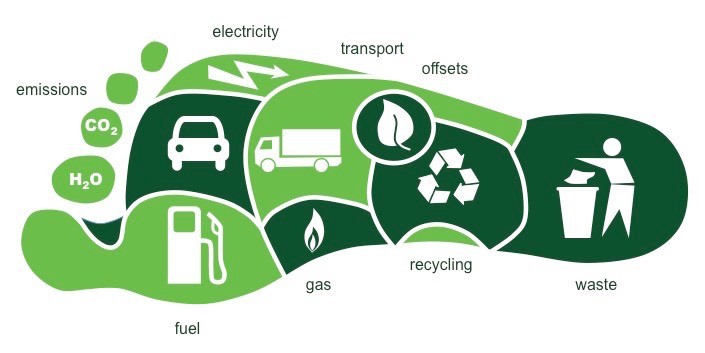In the pursuit of sustainable urban transportation, various options have emerged, each offering its own environmental benefits. Among these, the foldable electric skateboard stands out as the most eco-friendly choice. While e-bikes and e-scooters are also popular low-carbon transportation modes, commuting with a foldable e-skate represents the lowest carbon footprint option.
1. Lower Production Footprint
The first factor in favor of foldable e-skates is their significantly lower production footprint even when compared to e-bikes and e-scooters. E-skates are built using fewer materials and smaller batteries, resulting in lower carbon emissions during manufacturing. The production of an electric skateboard typically emits between 100 to 200 kilograms of CO2e. In contrast, e-bikes have a production footprint ranging from 200 to 300 kilograms, and e-scooters have a similar footprint of about 150 to 300 kilograms (0.15 to 0.3 tons). While all three options are far more sustainable than cars, whose production footprint is 8-12 tons, the foldable e-skate has the edge in terms of initial environmental impact.
2. Superior Energy Efficiency During Use
Energy efficiency during the use phase is another critical factor in determining the overall carbon footprint of any transportation mode. Foldable e-skates are exceptionally energy-efficient. Linky, for example, consumes around 15 watt-hours (Wh) per mile (9 Wh per kilometer). This translates to about 8 grams of CO2e per kilometer when charged using a typical electricity mix. E-bikes, while still highly efficient, consume slightly more energy, averaging around 15 to 25 Wh per mile (9 to 15 Wh per kilometer), equivalent to about 8-13 grams of CO2e per kilometer. E-scooters also consume more energy than e-skates, with an average of 20 to 30 Wh per mile (12 to 18 Wh per kilometer), resulting in approximately 10-16 grams of CO2e per kilometer. An average electric car consumes more than ten times as much.
3. Minimal Infrastructure Requirements
Another advantage of the foldable e-skate is its minimal impact on urban infrastructure compared to e-bikes and e-scooters. E-skates are compact and easy to carry, reducing the need for parking spaces or dedicated storage solutions. In contrast, e-bikes require bike racks and, in some cases, protected lanes, while e-scooters often need docking stations or designated parking areas. The lightweight and portable nature of foldable e-skates also allows for seamless integration with public transportation, enabling multimodal commuting without the need for additional infrastructure.
5. Promoting a Culture of Sustainability Finally, the adoption of foldable e-skates as a primary mode of commuting promotes a broader cultural shift towards sustainability. While e-bikes and e-scooters are both steps in the right direction, the even lower carbon footprint of e-skates sets a new standard for responsible consumption. As more people choose foldable e-skates for their daily commutes, it drives demand for cleaner, more efficient transportation solutions and encourages further innovation in sustainable urban mobility.



